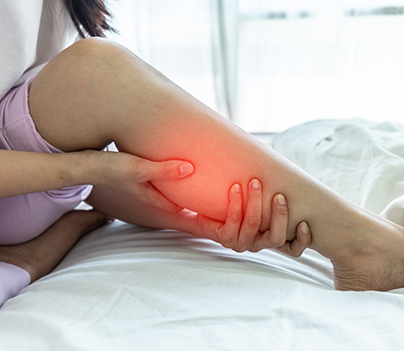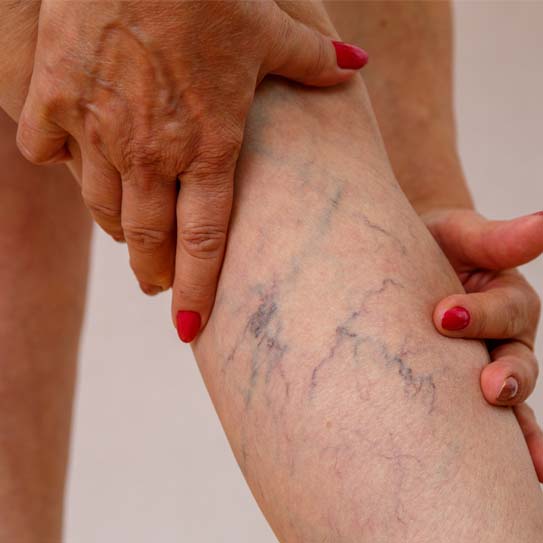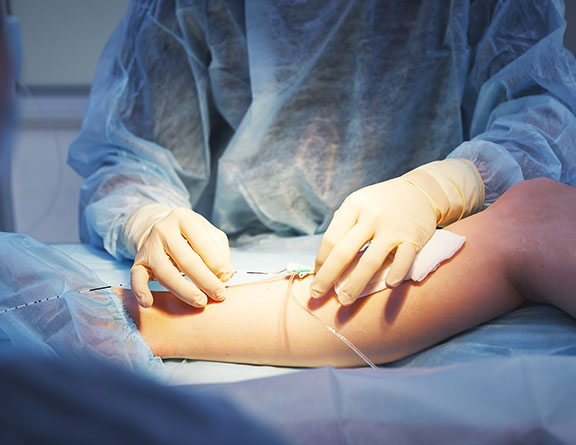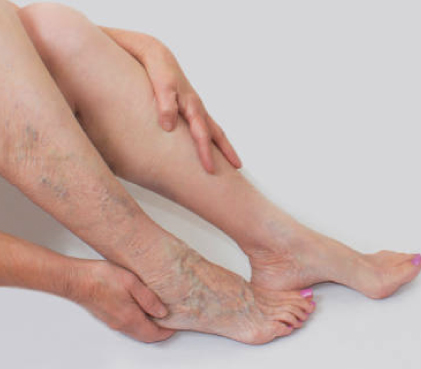
Most ENT doctors often opt for a careful waiting strategy or hearing aids for mild otosclerosis. Although otosclerosis-related damage cannot be repaired, hearing aids can help patients hear better before the illness worsens.
The surgeon may advise a stapedectomy if the patient has a significant hearing loss. In more complex procedures today, local anaesthesia is favoured since it allows for an outpatient treatment and prevents problems from anaesthesia.
The ENT surgeon may raise the tympanum and get access to the middle ear using a laser or a tiny tool. The necessary stapes component is then removed, and its place is filled by a prosthetic device.
The patient should be well informed of the advantages and disadvantages of having a stapedectomy before having the procedure. The patient should be prepared for the extremely small possibility that they may experience permanent sensorineural hearing loss as a result of the procedure. In order for patients to prevent difficulties, postoperative recovery should also be carefully explained to them.


If a patient has a desk job or leads a sedentary lifestyle, they may often resume their everyday activities after a week, but they must wait at least 3–4 weeks before engaging in intense activity like heavy lifting, exercising, jogging, etc.
Does insurance provide coverage for stapedectomy?
Yes, as a medically essential treatment, stapedectomy is typically reimbursed by insurance. To be certain, you should consult your policy's terms or get in touch with your insurance company.
What is the duration of varicose veins treatment?
The duration of Laser Treatment for Varicose Veins usually takes 35-45 minutes. However, the complete procedure may take 1 to 2 hours based on the severity of the varicose veins and the amount of area that is affected.
Which procedure—stapedectomy or stapedotomy—is superior?
An exact hole is made in the stapes bone using a laser during a stepdotomy so that an implant may be inserted. A piston-shaped implant is then used to replace the immobile portion of the stapes. The procedure offers better healing, improved hearing, and a lesser risk of problems because the entire stapes bone is not removed. As a result, stapedotomy is currently preferred over stapedectomy by the majority of surgeons.
Are hearing aids superior than stapedectomy for treating otosclerosis?
Although hearing aids increase hearing abilities, they do not cure the underlying disease, which is why most people think they are better because they do not require surgery. They are thus not suggested for those who have developing hearing issues.

Also known as endovenous laser treatment or EVLA, this is a minimally invasive ultrasound-guided procedure that involves the use of ultrasound images and laser fiber in order to kill the delicate lining of the veins. After a few days following the procedure, the body absorbs the dead tissues, closing off the abnormal veins with minimal or no discomfort. This is one of the most commonly preferred methods as it involves far fewer complications, and the recovery time, as well as the success rate of this method, is much faster and higher than that of any surgical process.

Also known as endovenous laser treatment or EVLA, this is a minimally invasive ultrasound-guided procedure that involves the use of ultrasound images and laser fiber in order to kill the delicate lining of the veins. After a few days following the procedure, the body absorbs the dead tissues, closing off the abnormal veins with minimal or no discomfort. This is one of the most commonly preferred methods as it involves far fewer complications, and the recovery time, as well as the success rate of this method, is much faster and higher than that of any surgical process.

Also known as endovenous laser treatment or EVLA, this is a minimally invasive ultrasound-guided procedure that involves the use of ultrasound images and laser fiber in order to kill the delicate lining of the veins. After a few days following the procedure, the body absorbs the dead tissues, closing off the abnormal veins with minimal or no discomfort. This is one of the most commonly preferred methods as it involves far fewer complications, and the recovery time, as well as the success rate of this method, is much faster and higher than that of any surgical process.